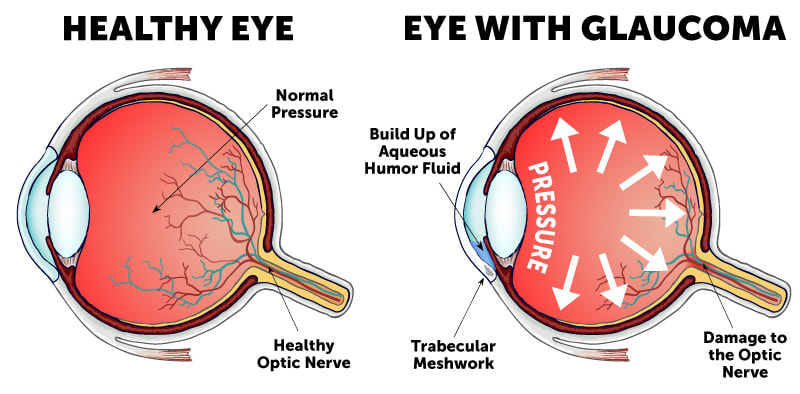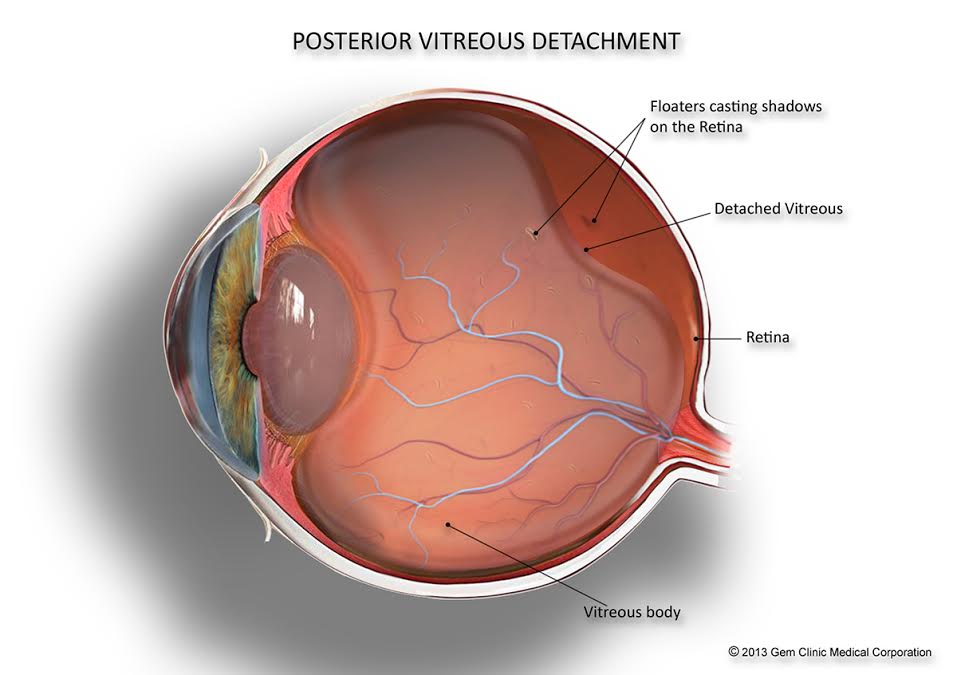Trusted Eyecare Near Me: Your Guide to Maintaining Healthy And Balanced Vision
Trusted Eyecare Near Me: Your Guide to Maintaining Healthy And Balanced Vision
Blog Article
Understanding the Different Vision Improvement Procedures Available for Clearer Sight
In the world of vision modification procedures, a plethora of alternatives exist to address refractive mistakes and give individuals with more clear sight. Let's check out the ins and outs of these procedures and dropped light on the path to attaining improved vision quality.
LASIK Surgical Procedure
LASIK surgical procedure is an usual refractive treatment utilized to fix vision issues such as nearsightedness, farsightedness, and astigmatism - refractive surgeries in al. This surgical method, which represents Laser-Assisted in Situ Keratomileusis, aims to improve the cornea to boost exactly how light is concentrated on the retina, inevitably enhancing vision clearness. During the treatment, a thin flap is produced on the cornea, and a laser is used to get rid of accurate quantities of tissue to reshape it appropriately. This reshaping permits light to be properly focused onto the retina, correcting refractive errors.
Among the key benefits of LASIK surgical procedure is the quick improvement in vision experienced by clients. Numerous individuals discover a significant enhancement in their eyesight promptly after the procedure. Additionally, the majority of people report minimal discomfort and discomfort during the surgical treatment and healing period. The recuperation time for LASIK is relatively fast, with lots of individuals going back to their daily activities within a day or more post-operation. Generally, LASIK surgery is a popular option for individuals seeking a long-term service for their vision issues.
PRK Procedure
While likewise an usual refractive procedure, the PRK (Photorefractive Keratectomy) method varies from LASIK surgery in its technique to correcting vision issues. In PRK, rather than producing a flap on the cornea, the external layer of the cornea, called the epithelium, is completely gotten rid of. This allows the laser to reshape the cornea to deal with refractive errors such as astigmatism, farsightedness, and nearsightedness straight on the surface.

Regardless of the longer recuperation time, PRK can yield superb lead to vision enhancement, making it a beneficial alternative for those who may not appropriate candidates for LASIK surgical treatment.
Implantable Lenses
In comparison to PRK where the cornea is improved straight, implantable lenses use an additional method for correcting vision by putting fabricated lenses inside the eye. This treatment is specifically helpful for people with high degrees of astigmatism, nearsightedness, or farsightedness who may not be suitable prospects for laser surgical procedures like LASIK or PRK.
Implantable lenses, likewise recognized as phakic intraocular lenses, job by supplementing the eye's natural lens with an artificial one. refractive surgeries in al. These lenses can be placed before the all-natural lens (anterior chamber) or behind the iris and in front of the all-natural lens (posterior chamber) By changing the power and positioning of these lenses, ophthalmologists can properly remedy refractive errors and enhance aesthetic acuity
One advantage of implantable lenses is that they are detachable and exchangeable, giving versatility for future adjustments. As with any type of medical procedure, there are threats included, such as infection or cataract formation. Individuals considering implantable lenses ought to speak with an eye care professional to identify one of the most appropriate choice based on their web private demands and eye health.
Corneal Rings
Corneal rings, likewise referred to as intracorneal ring sections, are tiny, transparent tools put into the cornea to deal with vision distortions such as keratoconus. Keratoconus is a condition where the cornea thins and protrudes outward, causing vision to come to be look here distorted. The insertion of corneal rings assists to squash the cornea, enhancing aesthetic acuity and minimizing the uneven astigmatism triggered by keratoconus.
The treatment for putting corneal rings is fairly fast and minimally intrusive, commonly done as an outpatient treatment. Throughout the surgical treatment, the eye doctor makes a tiny incision in the cornea and inserts the rings at a particular depth. Once in place, the rings assist to reshape the cornea, offering a smoother surface area for light to enter the eye, which can lead to clearer vision.
Corneal rings are thought about a relatively easy to fix procedure, as they can be eliminated or replaced if required. glaucoma service near me. While they may not totally get rid of the demand for glasses or contact lenses, corneal rings can considerably enhance vision quality and overall visual comfort for people with keratoconus or other corneal irregularities
Refractive Lens Exchange
Adhering to the adjustment of corneal irregularities with procedures like corneal rings, another vision correction technique that can attend to refractive mistakes is Refractive Lens Exchange (RLE) RLE is an operation that includes changing the eye's all-natural lens with a man-made intraocular lens (IOL) to remedy refractive errors such as nearsightedness, presbyopia, and farsightedness. This procedure is specifically valuable for people who might not appropriate candidates for treatments like LASIK or PRK as a result of aspects such as thin corneas or high refractive errors.

Verdict
To conclude, there are numerous vision adjustment treatments readily available to aid people attain more clear view. LASIK surgical procedure, PRK procedure, implantable lenses, corneal rings, and refractive lens exchange are all choices that can address different vision problems. It is essential for people to seek read advice from with their eye care copyright to determine the most suitable treatment based on their particular requirements and preferences. With advancements in modern technology, attaining boosted vision is currently a lot more obtainable than in the past.
In the realm of vision correction treatments, a plethora of options exist to deal with refractive errors and provide people with more clear sight.LASIK surgical treatment is a common refractive treatment made use of to correct vision problems such as nearsightedness, astigmatism, and farsightedness.While additionally a typical refractive procedure, the PRK (Photorefractive Keratectomy) technique differs from LASIK surgery in its strategy to remedying vision problems.Adhering to the correction of corneal abnormalities with procedures like corneal rings, an additional vision adjustment technique that can resolve refractive errors is Refractive Lens Exchange (RLE) LASIK surgery, PRK procedure, implantable lenses, corneal rings, and refractive lens exchange are all alternatives that can attend to various vision problems.
Report this page